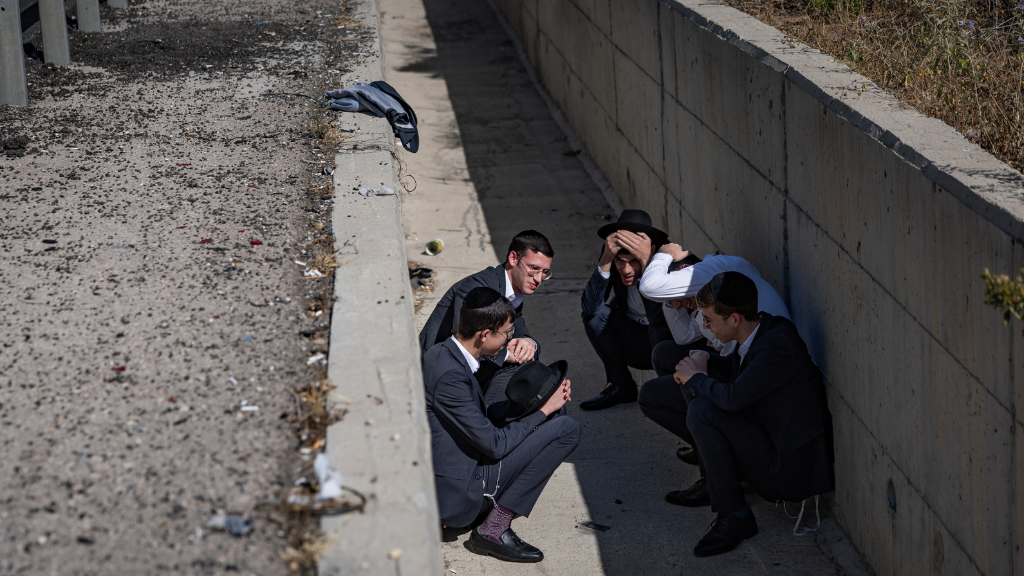From Warfare to Lawfare
The ongoing Iran-Israel war has transitioned into international lawfare. The Security Council held a high-level open debate on peace and security on 22 July, chaired by Pakistan, hardly a neutral choice.
Political campaigning by various state funded news and current affairs programmes will continue to cherry-pick legal commentary that asserts Zionist criminality for striking the Iranian war machine. Agenda-driven academic pundits produced arguments to constrain and delegitimise Israel and called for prosecutions in the International Criminal Court against Israelis for committing the crime of aggression against the Islamic Republic of Iran.
Assessment of the legal legitimacy of Israel’s military strikes against Iran rests largely upon the reliability of covert intelligence that informed these actions. This can make it difficult to collect legal proofs and form a legal judgment.
“As in counter-terrorism, governments must act before the terrorist carries out the deed. Tehran considers Israel a tumour in the body of regional Islam.”
However, the US and Israeli strikes on Iran’s nuclear infrastructure appear to have been informed by accurate intelligence and well-executed. All the evidence suggests that they hit and severely damaged important targets. And when the likely costs are higher for military inaction than for action, even when intelligence is undisclosed, then it might be more prudent to act than not.
To cast doubt upon the prudence of the Israeli strikes, journalists speculated that loads of highly enriched uranium were evacuated by trucks photographed at Fordow facility before the bombing, but it’s puzzling that the reports assumed the Israelis failed to follow those trucks. Others questioned the effectiveness of killing Iran’s top nuclear weapons scientists because their knowledge could have been passed on, but they ignored
the likely impact of suddenly eliminating Iranian scientists who had worked for decades on Tehran’s nuclear programme. It was the equivalent of wiping out all the scientists in the Manhattan Project, the US-led research and development project during the Second World War that created the first nuclear weapons.
It has been disappointing to read the legal views that definitively condemn the strikes as illegal because, amongst other reasons, the UN Security Council didn’t approve them. The legal accusations allege that Israel had no right of self-defence under Section 51 of the UN Charter in the circumstances it faced. But these allegations are totally disengaged from factual assessments and from generally prevailing realities.
They disregard, for example, the continuing war conducted by Iran against the existence of the state of Israel. There can be no dispute that Iran and Israel have been in an armed conflict for well over a year. Iran’s concerted attacks reached a fever pitch in the military campaign from 7 October
2023. Iran was responsible for them and also attacked Israel directly with ballistic missiles, cruise missiles and long- distance drones in 2024.
It was apparent on the ground that Iran had formed a ring of fire in the form of proxies, including Hamas, Hezbollah, Houthi, Islamic Jihad and other terrorist groups. The Islamic Republic of Iran provided finance, training, weaponry, intelligence and instruction for these non-state actors surrounding Israel to destroy the Jewish state. They were puppets in a Persian play. Academic conjectures published in Australia ignored this factual context of ongoing Iranian state-directed attacks against Israel, despite its obvious fundamental relevance. In that context alone, Israel’s targets were entirely lawful.
To negate the legality of Israel’s strikes on Iran’s nuclear infrastructure, legal pundits focused instead on arguments about pre- emptive self-defence, even though it was not necessary. Moreover, they failed to articulate evolution in this doctrine to contemporary international legal practice.
The pre-emptive self-defence doctrine, formulated in 1837 for the Caroline case between Britain and the US, required that a threat be imminent. But military practice concerning the threshold for imminence has evolved since then. Nuclear destruction is an existential threat that doesn’t allow dilatory options to wait and see if we are being destroyed.
As in counter-terrorism, governments must act before the terrorist carries out the deed. Tehran considers Israel a tumour in the body of regional Islam. The suggestion that, if Iran didn’t have a bomb about to drop that day, then the military strikes were illegal, is wrong.
Israel didn’t need to wait till that moment. Whether posed directly by ballistic missiles or by delivery through proxies, the probability threshold today is lower for taking preventative action against an existential nuclear threat than in the nineteenth century.
In the end, the Israeli intelligence that underpinned the strikes tells us that the twenty-first century is a lot more complicated than was the nineteenth. The point at which intelligence inferences cross a threshold into actionable information has shifted. It isn’t constrained by factually uninformed, arcane or antiquated legal arguments.
This brand of lawfare is just one of many manifestations of antagonism to the lone Jewish state. It’s a barometer reading of the pressure of modern
iterations of an old hatred.





